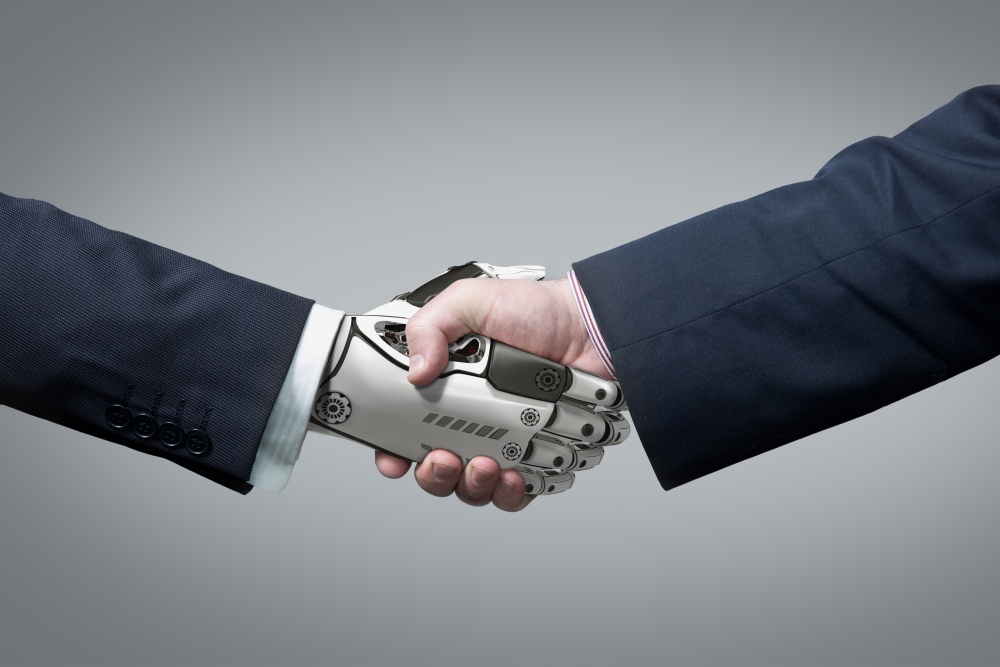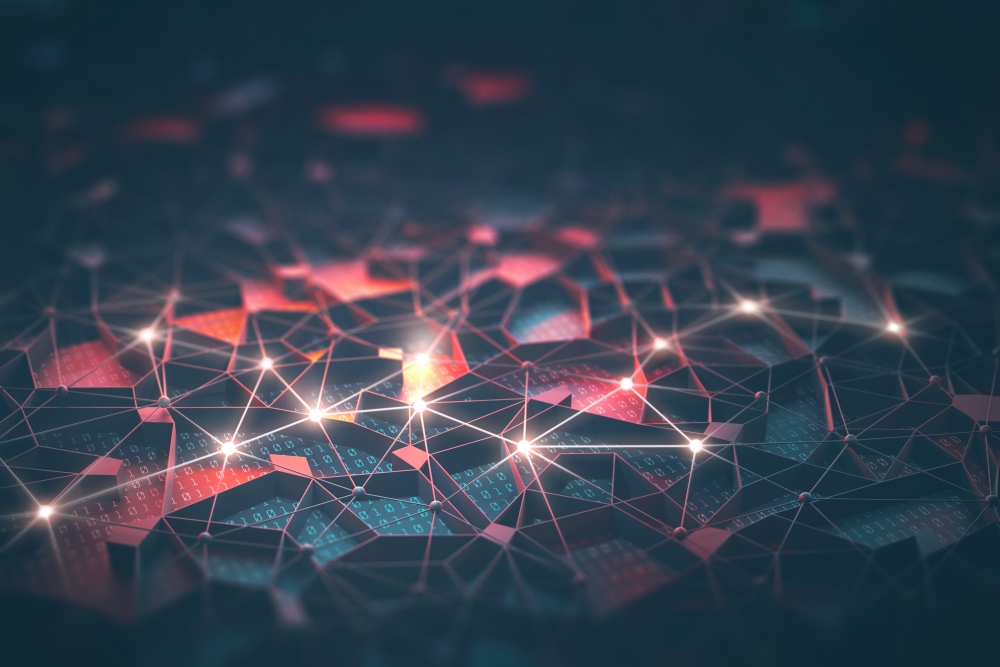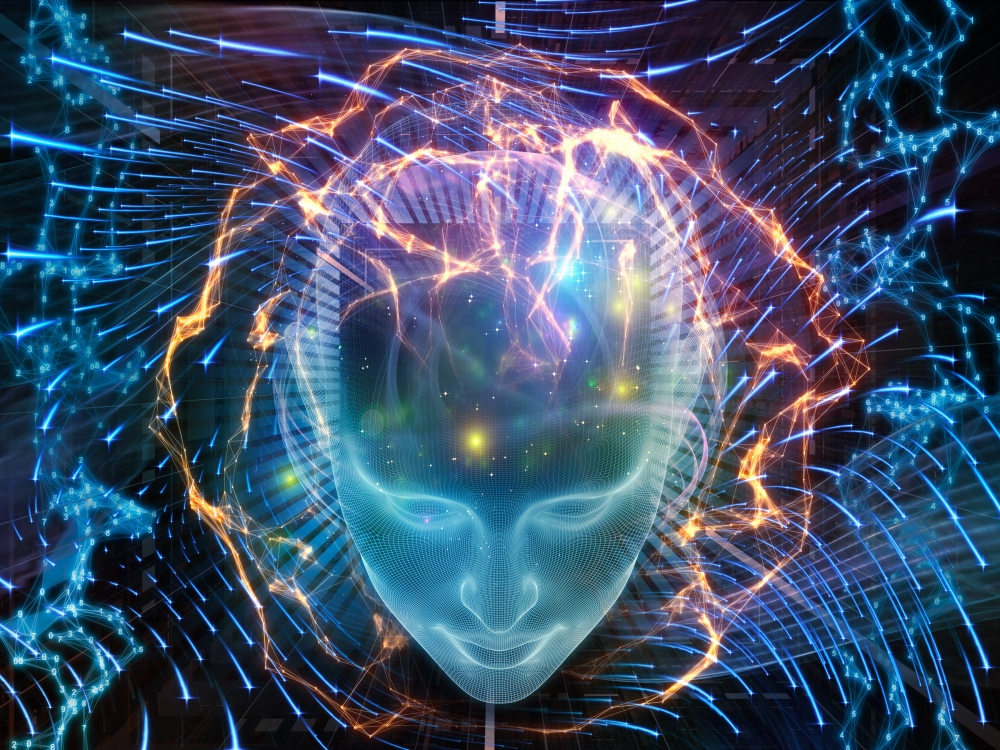There is a common notion that the arrival of Artificial Intelligence (AI) would spell the end of many entry-level jobs. Companies such as McDonalds are replacing human servers with machines in response to a rise in the minimum wage, with a former CEO saying that “robots are going to replace people in the service industry going forward, and a self-service kiosk is nothing more than automation taking over.”
Man and Machine in Perfect Harmony
However, while companies may embrace machines and AI to keep costs down, a report from Gartner believes that AI may, in fact, create jobs.

In 2020, AI-related job creation will enter positive territory, reaching two million net-new jobs by 2025. Svetlana Sicular, the research Vice President of Gartner, believes that the loss of jobs is merely part of a cycle, that “many significant innovations in the past have been associated with a transition period of temporary job loss, followed by recovery, then business transformation.” Sicular went on to say that AI has the potential to create “millions more positions of highly-skilled, management, and even the entry-level and low-skilled variety” of jobs.
She also notes that fear of AI taking away jobs is partly due to the confusion of AI with automation. AI can benefit humans through AI augmentation, whereby a user and artificial intelligence work together and complement each other’s abilities. Thus, IT leaders should not only focus on what jobs will be lost and what jobs will be created, but also jobs where workers can collaborate with their AI counterparts.
Applications of AI in China
Examples are plentiful in China, where eMarketer reports that the government, in mid-2017, laid out a blueprint to turn the country into a global innovation center for AI by 2030. Between 2017 and 2030, China will see a 26.1% bump in its Gross Domestic Product (GDP) owing to AI, compared to 14.5% in North America, according to PwC.
In China, enhancement in product and service personalization, demand prediction, and supply-chain management will receive a boost from AI. Alibaba’s AI-powered virtual stylist, FashionAI, can recognize millions of clothing items, then pair that information with the tastes of designers and digital shoppers on its ecommerce sites to produce brick-and-mortar customers with real-time fashion advice.
In the healthcare industry, Shenzhen-based iCarbonX is working on a smart mirror that performs 3D scans of patients to help track their health status. AI company iFlytek plans to launch its AI-enabled robot to work along human doctors, the company claiming the robot will be able to automatically capture patient information and make an initial diagnosis. In November 2017, the robot passed a medical entrance exam, the first machine in the world to do so.

In the world of payments, AI stands to enhance things such as personalization and provide added security such as ID authentication for banking and insurance. Baidu’s online banking joint-venture aiBank will use AI to improve risk management. Tax and financial services platform Onlyyou uses AI for data input to automate financial bookkeeping, while machine learning company 4Paradigm is working with insurers to help uncover fraudulent claims.
In mobile devices, Huawei’s Mate 10 series of phones, launched in late 2017 in China and Europe, with a planned early 2018 release in the US, features AI in their Kirin 970 processors. While the Mate 9 utilized machine learning to better allocate processing power tailored to its user’s long-term usage habits to preserve longevity, the Mate 10’s AI technology offers real-time translation and quick launching of apps based on notifications.
A user can point the camera at a text in another language, and a translation will appear on-screen within a few milliseconds. For its camera, the Mate 10’s AI software makes it simpler to quickly take complicated photos. Pointing the camera at different subjects will make it automatically switch to the appropriate mode for whatever it recognizes in the frame.
Conclusion
AI is changing the way people live, produce, and consume. Some companies have found refuge in automation to combat rising costs, leading to less jobs.

Others, in the case of Svetlana Sicular and Chinese companies such as iFlytek, 4Paradigm, and Huawei see the opportunity in augmenting the human experience rather than completely replacing it. From helping make health diagnoses to detecting financial fraud to simply preventing one’s phone from going flat, coexistence between the human worker and their robotic counterparts may yet be a possibility.
